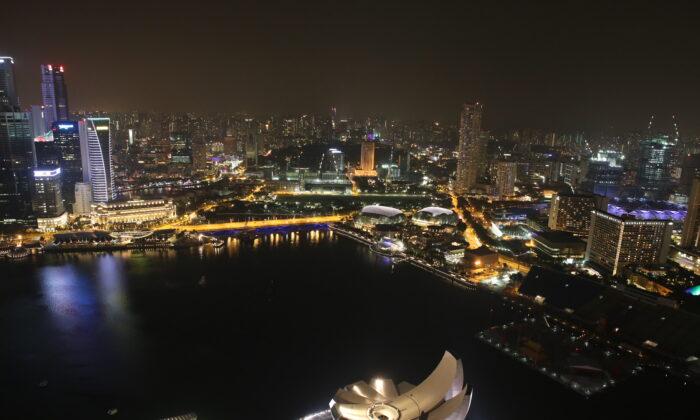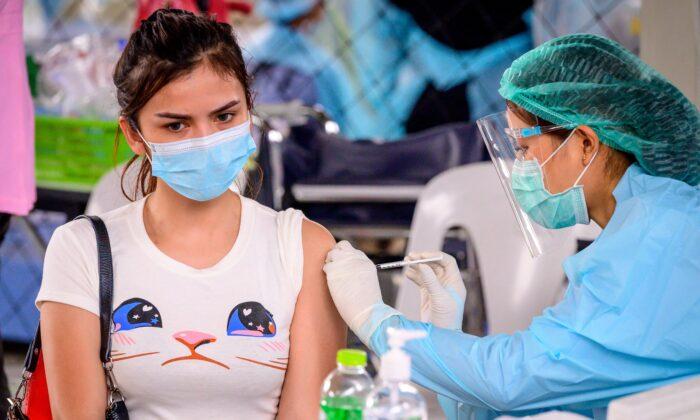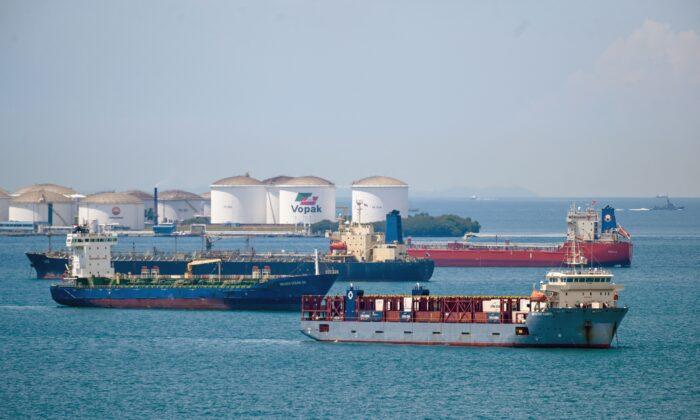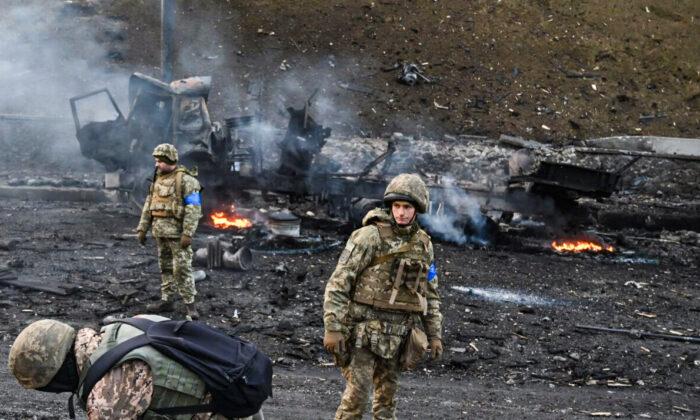Singapore’s manufacturing activity dropped further last month, showing the slowest rate of expansion in more than a year-and-a-half.
The PMI is calibrated between 0 and 100. A PMI reading above 50 suggests expansion in factory activity compared to the previous month, while a number below 50 indicates contraction.
Although Singapore’s manufacturing economy has been expanding for 21 consecutive months, the expansion significantly slowed entering this year as the PMI continued to decline for the past three months.
The March electronics sector PMI similarly edged lower by 0.1 point to 50.4, the lowest in almost a year.
Regional conflicts and rising costs have added uncertainties to the manufacturing sector growth, according to Sophia Poh, vice president of SIPMM.
“The continuing Russia–Ukraine conflict has clouded the outlook of the manufacturing sector, with greater concern on the rising energy cost and supply disruptions, coupled with increased inflationary pressures,” said Poh.
The United Overseas Bank earlier adjusted the GDP outlook for the first quarter of 2022 lower to 3.5 percent, from its prior estimate of 5 percent, as “relative weakness” showed up in PMI and “lower-than-expected” non-oil domestic exports posted in February.
Although Singapore has limited direct exposure to both Russia and Ukraine, the country may still be negatively affected as Russia’s top trading partners, including China, Europe, the United States, and Japan, feel the impact on trade, according to the bank.
Thailand’s PMI also showed a 0.7 point decline to 51.8 in March, albeit the overall manufacturing economy has expanded for three consecutive months.
Indonesia’s PMI inched higher at 51.3 in March, up from 51.2 in February.




